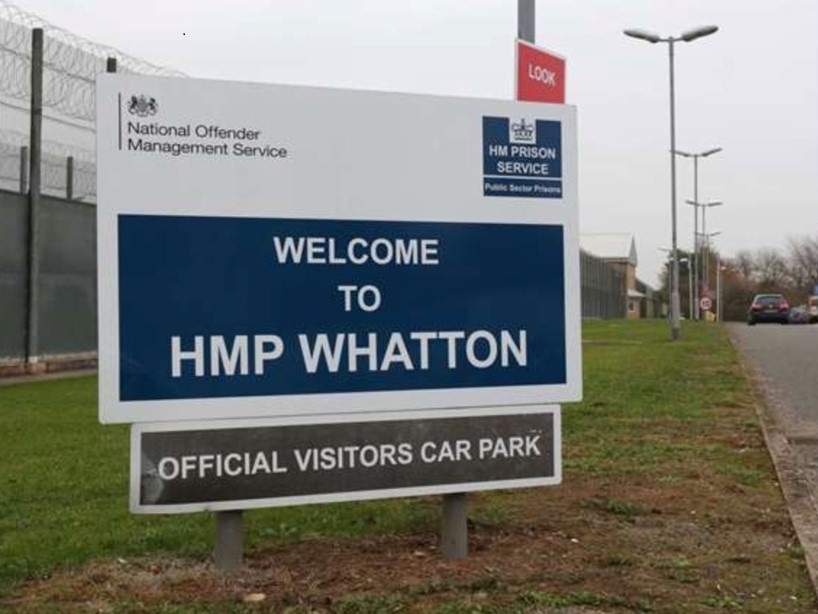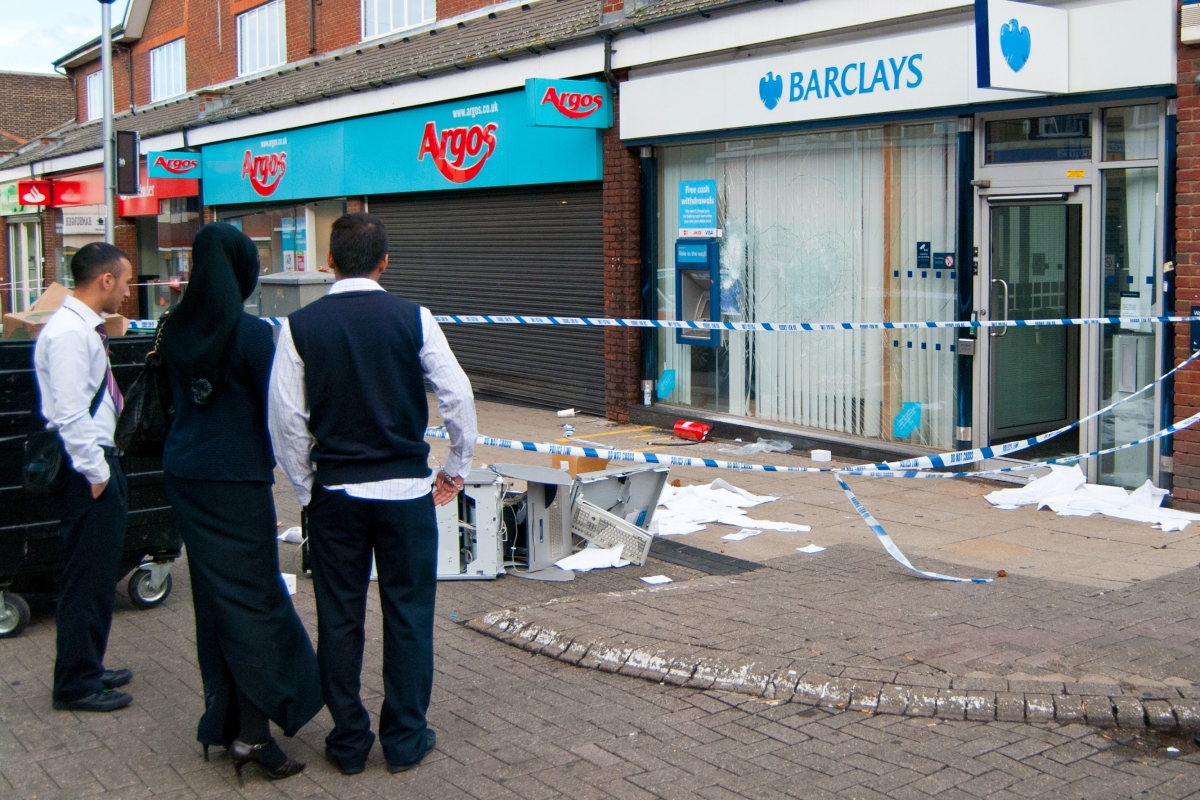
Lynn Saunders is Professor of Applied Criminology and Head of Law and Social Sciences at the University of Derby. Until 2021 she worked for HM Prisons and Probation Service in England as a Governor, most recently as Governor of HMP Whatton, a medium secure (category C) prison for people with sexual convictions.
This blog follows a paper delivered to the British Society of Criminology Midlands branch.
In March 2020 Prisons in England and Wales like the wider community were subject to a range of restrictions to protect people from the transmission of a highly contagious and deadly airborne virus that was spreading across the world. Little was known about its transmission and why certain groups, the elderly and those who had pre-existing medical conditions were particularly susceptible to potentially fatal infections and prisons, along with other places that were crowded, poorly ventilated, and unhygienic were considered to be particularly vulnerable to the spread of the disease. At the outset officials at the MoJ were warned that unless drastic measures were taken to control the transmission of the virus, as many as 3500 of the then 82000 prison population would die from it. People with a range of health conditions such as diabetes, heart disease, cancer or with supressed immune systems and those who were elderly were considered to be particularly vulnerable.
Background
I became the governor of HM Prison Whatton, a large 841 place site for people with sexual convictions in 2008 where I remained for 13 years until October 2021. Whatton is a specialist treatment site providing a range of cognitive behaviourally based treatment programmes. It provided 40% of the programmes in custody for the whole of the prison service. At the time I left eighteen percent of the population was over 60 years of age and 58 people were over 70. During my time in Whatton, the oldest resident was 93. In my 13 years as governor of Whatton there were 69 deaths. Some of these were sudden unexpected deaths (heart attacks, strokes, etc) but the majority were expected, largely due to cancer, chronic obstructive pulmonary disease, or other long-term conditions. Whatton is a very large site. Forty per cent of the cells are very small and not build for the elderly, or those with physical health needs.
Covid in prison the early days
Self-evidently the covid pandemic, and its impact on prisons was unprecedented. In March 2020 the Government issued a directive to people to work from home in an effort to contain the spread of the virus. The day after this directive it was with some level of anxiety that I arrived for work. Would staff stay home? Would there be sufficient staff to ensure the safety and well-being of the prisoners? Would the healthcare and catering staff attend work? Would I be able to keep prisoners safe?
The prison regime became severely restricted because of the Government instructions. The usual regime at Whatton involved the unlock of prisoners 10.5 hours a day. As a result of the restrictions prisoners were locked in their cells for 23 hours per day. Time in the open air was arranged on a rotational basis, but this was time consuming and staff intensive (as groups of prisoners needed to be unlocked and locked up again in small groups rather than en masse). Medication was delivered to prisoners in their cells by healthcare staff members three times a day (a mammoth task due to the size of the prison and the numbers of people receiving medication). Visits, programmes and all but essential work (such as kitchens, cleaning, prisoner canteen) were cancelled. During the first few weeks of the lockdown panic buying resulted in food shortages in supermarkets in the community. This meant that staff had to queue for food when they left work, only to find that there was little available on the shelves when they reached the front of the queue. So initially, the staff mess facility provided a meal to every member of staff who was on duty to ensure that they had proper access to food and an additional freezer was hired to store pre-pared frozen meals if all the catering staff were ill or isolating.
During the first week of lockdown the Coroner rang me to suggest that I should buy some body bags as it was not certain that the coroners system could cope with the volume of the expected deaths. That first week of the lockdown three Whatton prisoners died from Covid. This was to say the least very troubling particularly since at this point there was no vaccine, no testing, and very limited personal protective equipment available for staff or prisoners.
Subsequently, HMPPS HQ instructed that prisons should move into “command mode”. This is a process used in major incidents in prisons when decisions are made centrally. Local incidents such as fires, roof top protests, hostage taking, or concerted indiscipline (riots) are managed locally with central oversight. This means that decisions can be made in the light of local circumstances. However, the decision was made that all prisons regardless of their role, function, security category, layout or population would be subject to the same instructions and regime. This obviously had significant drawbacks, not least because covid levels differed in different geographical areas and different populations had differing levels of vulnerability (juvenile and young offender institutions had lower levels of risk for example). Comfort packs consisting of a range of confectionary were issued to each prisoner, a £5 weekly phone credit, and distraction packs were introduced to help support those at risk of self-harm. Central approval was required to move people between prisons and four levels of lockdown introduced. Prisons needed to operate within approved and agreed Establishment Delivery Modules (EDM’s) and were not able to move up (allowing more time unlocked and fewer restrictions without approval from the central team).
October 2020
Outbreaks of covid in prisons were relatively low level until the autumn of 2020. However, HMP Lowdham Grange experienced a significant outbreak with 177 prisoners affected. At this point face masks were introduced across the system for staff and prisoners as was regular on-site testing (both LFT and PCR). A vaccination programme was introduced for prisoners in accordance with national community rollout (initially where people aged over 80 and those deemed clinically vulnerable were prioritised). Prison staff were not prioritised for vaccination despite acknowledgement from the Scientific Advisory Group (SAGE) that prison staff were amongst the most vulnerable occupational groups to infection. HMP Whatton became on outbreak site due to the number of infections, as a result Public Health England in keeping with agreed policy took over responsibility for the management of the outbreak. The outbreak lasted for six months with significant restrictions for prisoners. Large numbers of staff were infected and only two members of the Senior Management Team were not positive or isolating with covid during this time.
Personal reflections
It was undoubtedly, a truly awful experience. Prisoners were locked up for 23 hours for months and months. Staff were tired and worn down by the relentlessness of the restricted and labour-intensive regime. The governor of a prison has the authority in “normal times” to make decisions and to be accountable for them. During this period there was no control or power to make crucial decisions as these were determined by a central remote team. This was both frustrating and worrying. Prisoners were not able to access offending behaviour programmes and so they were not able to progress through their sentence. Sometimes it was difficult to see the rationale for the centrally made decisions, by people who had never visited the prison. It is often commented that initially violence reduced across the whole prison estate as a result of the lockdown restrictions, but unsurprisingly the number of people suffering from mental health issues both staff and prisoners increased.
Conclusion
This was an especially awful two years for both prisoners and staff. It will take some time before the recovery process can begin, and for the prison staff to rebuild constructive regimes that support rehabilitation to prepare people for the next stage in their sentence or for release. At the time of writing restrictions on activities, visits and work remain and testing of prison staff continues despite these restrictions being lifted in the wider community. The impact of these limitations will continue to have a significant impact on both prisoners and prison staff for many years to come.
About the author
| Lynn Saunders worked for HMPPS as a prison governor for 29 years most recently at Governor of HMP Whatton. She left in October 2021 and works as Professor of Applied Criminology and Head of Law and Social Sciences at the University of Derby |
Contact
Professor Lynn Saunders OBE
University of Derby
L.saunders@derby.ac.uk
This article gives the views of the author, not the position of the British Society of Criminology or the institution she works for.






You must be logged in to post a comment.